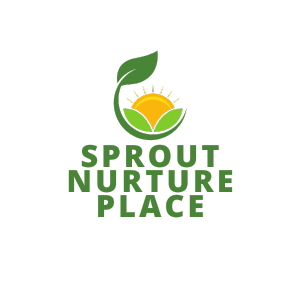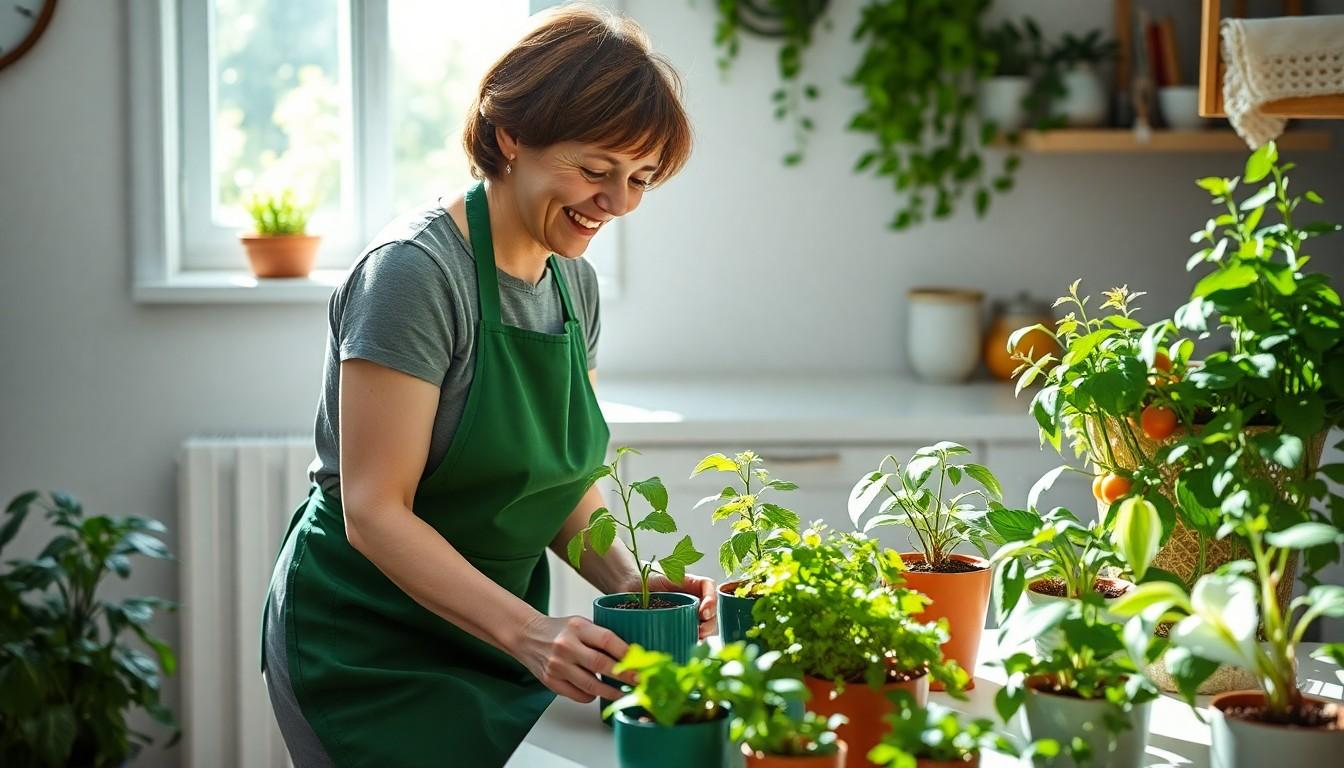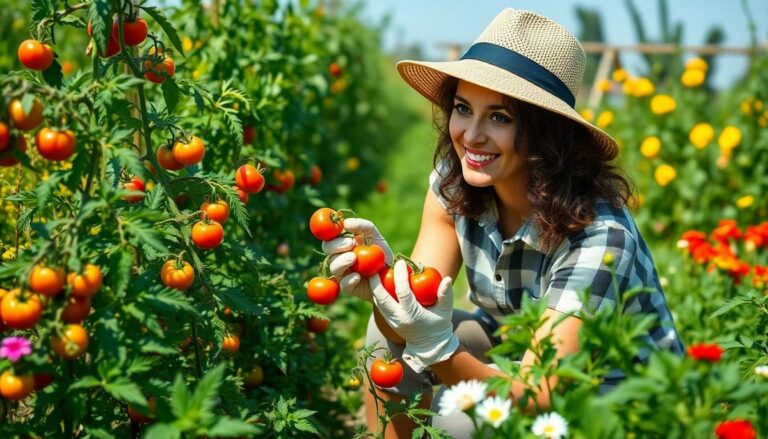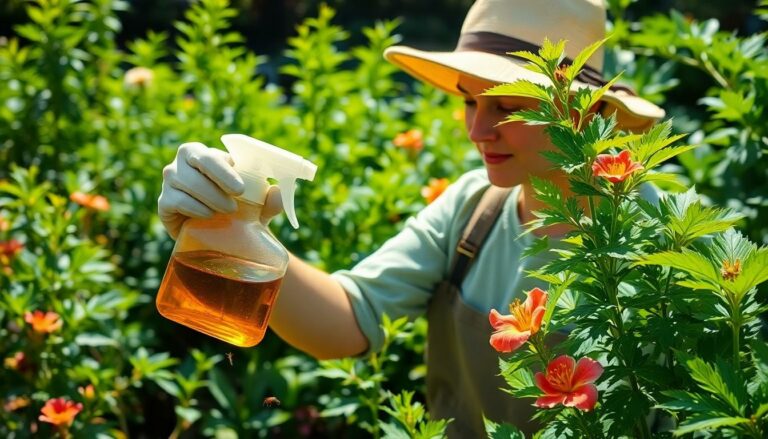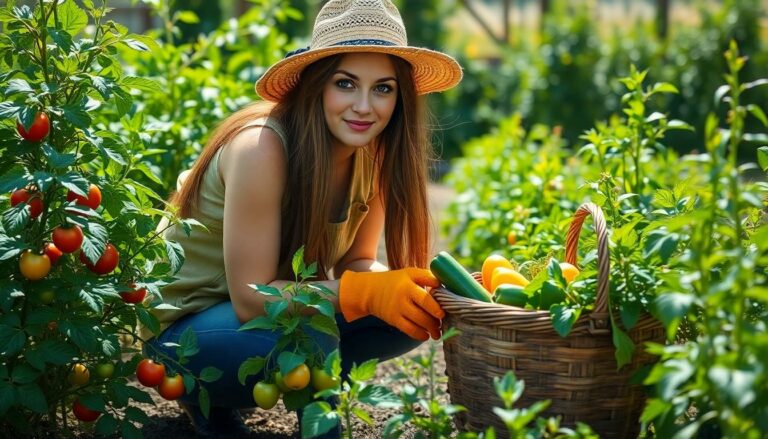Imagine transforming your home into a lush oasis where fresh herbs and vibrant vegetables thrive, all while avoiding the grocery store’s questionable produce. Indoor organic gardening isn’t just a trend; it’s a delightful way to cultivate nature right in your living room. With a little sunlight and some TLC, anyone can become a green-thumbed guru, even if their previous plants have met an untimely demise.
Not only does indoor gardening bring a splash of color and life to any space, but it also offers the satisfaction of growing your own food—no pesticides or mystery ingredients involved. Plus, who wouldn’t want to impress friends with homegrown basil for that perfect pasta dish? Get ready to dig in and discover how easy and rewarding it can be to nurture your own indoor garden, one pot at a time.
Indoor Organic Gardening
Indoor organic gardening presents multiple advantages that improve health, sustainability, and enjoyment. Cultivating plants at home enhances living spaces while providing fresh produce year-round.
Enhanced Air Quality
Indoor plants naturally filter pollutants from the air. They absorb toxins and release oxygen, creating a healthier environment. Studies show that having indoor plants can reduce stress and increase feelings of well-being. Additionally, specific plants, like spider plants and peace lilies, effectively remove formaldehyde and benzene from the air. Increased air quality not only revitalizes spaces but also contributes to overall health.
Sustainable Food Source
Growing organic produce indoors offers a sustainable food source. Home gardeners control their practices, ensuring pesticide-free vegetables and herbs. Frequent access to fresh ingredients allows individuals to make healthier meal choices. Indoor gardening also reduces the carbon footprint associated with store-bought produce transportation. With consistent care, even small indoor gardens can yield significant harvests, supporting sustainable living efforts and reducing reliance on commercial agriculture.
Essential Tools And Equipment
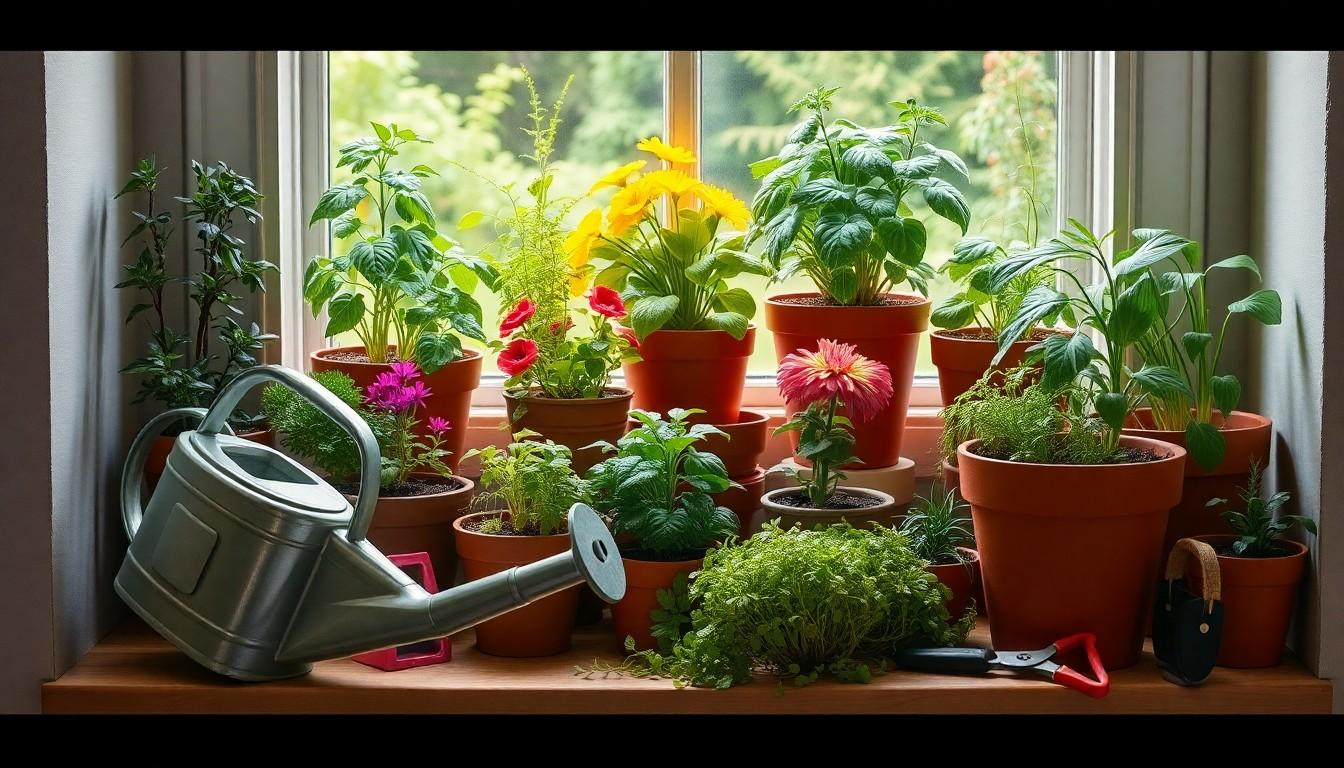
Successful indoor organic gardening requires specific tools and equipment. These items support healthy plant growth while making the gardening process easier.
Gardening Supplies
Gardening supplies include essential items like pots, soil, and seeds. Quality pots with drainage holes promote healthy root growth. Organic potting soil provides vital nutrients without harmful chemicals. Heirloom seeds offer diverse plant varieties, ensuring a robust garden. Watering cans and spray bottles help manage hydration levels. Fertilizers rich in natural ingredients enhance plant health and vitality. Additionally, a sturdy trowel and pruning shears make planting and maintenance efficient. These supplies lay the foundation for a thriving indoor garden.
Indoor Gardening Kits
Indoor gardening kits simplify the gardening experience for beginners. These kits typically include seeds, soil, and pots in one convenient package. Compact designs fit easily in limited spaces, making gardening accessible for everyone. Some kits come with LED lights, ensuring plants receive necessary light regardless of natural sunlight. Various plants are included, such as herbs, vegetables, and flowers, catering to different preferences. Instructions often guide users through each step, fostering success in their gardening journey. These kits provide an excellent introduction to indoor organic gardening.
Best Plants For Indoor Organic Gardening
Indoor organic gardening thrives with select plants that flourish in limited light and space. Two prominent categories include herbs and vegetables, which offer culinary benefits and aesthetic appeal.
Herbs
Basil, cilantro, and parsley rank among the top herbs for indoor gardens. Each plant grows well in containers, requiring minimal space and light. Basil needs about six hours of sunlight each day, while cilantro prefers cooler temperatures. Additionally, parsley enjoys consistent moisture. These herbs provide fresh flavors for dishes, promoting an enjoyable cooking experience. Indoor gardeners often place them on kitchen windowsills for easy access.
Vegetables
Cherry tomatoes, radishes, and lettuce make ideal choices for indoor vegetable gardening. Each vegetable type garners popularity for its ease of growth. Cherry tomatoes thrive in bright light, typically requiring eight hours daily. Radishes mature quickly in as little as three weeks, providing quick gratification. Lettuce grows at a steady pace and adapts well to container life. Incorporating these vegetables into indoor gardens supports healthy eating habits while enhancing the overall living environment.
Setting Up Your Indoor Garden
Setting up an indoor garden involves thoughtful planning and consideration. Key factors to consider are location and lighting conditions.
Choosing The Right Location
Selecting the right location significantly influences plant health. Plants require proximity to light sources, so positioning them near windows benefits their growth. Observing daily sunlight patterns helps determine the best spot. Avoid areas with drafts or extreme temperatures to prevent stress on plants. Shelves or dedicated plant stands can optimize space and provide accessibility for maintenance. Remember, each plant type may have differing light and temperature preferences, so some adjustments may be necessary.
Optimal Lighting Conditions
Lighting plays a crucial role in the success of indoor gardens. Natural sunlight is ideal, with most vegetables and herbs needing 12 to 16 hours of light daily. Limited natural light may call for supplemental grow lights, such as LED or fluorescent options. Customized light settings enhance plant growth while keeping energy costs manageable. Rotating plants occasionally ensures even exposure to light and encourages balanced growth. Monitoring plant responses to light helps fine-tune conditions for optimal development.
Indoor organic gardening offers a fulfilling way to cultivate fresh produce and enhance living spaces. By nurturing plants indoors, individuals can enjoy the benefits of cleaner air and sustainable food sources. With the right tools and a little dedication, anyone can create a thriving indoor garden that supports healthier lifestyles.
Embracing this hobby not only brings joy but also fosters a deeper connection to nature. As individuals watch their plants grow and flourish, they experience the satisfaction of knowing they’re contributing to their well-being and the environment. It’s a rewarding journey that transforms any home into a vibrant green oasis.
